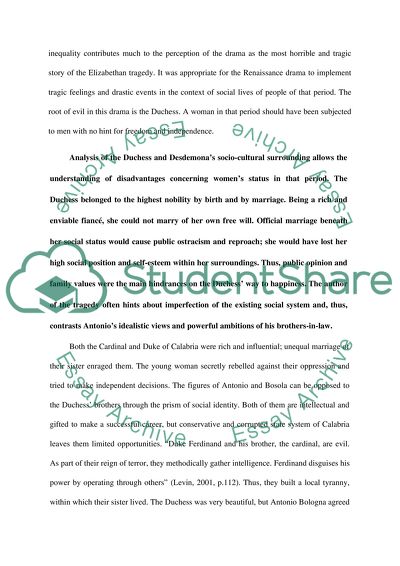Cite this document
(“Renaissance tragedy calls into question the possibility of happy Assignment”, n.d.)
Renaissance tragedy calls into question the possibility of happy Assignment. Retrieved from https://studentshare.org/literature/1456003-renaissance-tragedy-calls-into-question-the
Renaissance tragedy calls into question the possibility of happy Assignment. Retrieved from https://studentshare.org/literature/1456003-renaissance-tragedy-calls-into-question-the
(Renaissance Tragedy Calls into Question the Possibility of Happy Assignment)
Renaissance Tragedy Calls into Question the Possibility of Happy Assignment. https://studentshare.org/literature/1456003-renaissance-tragedy-calls-into-question-the.
Renaissance Tragedy Calls into Question the Possibility of Happy Assignment. https://studentshare.org/literature/1456003-renaissance-tragedy-calls-into-question-the.
“Renaissance Tragedy Calls into Question the Possibility of Happy Assignment”, n.d. https://studentshare.org/literature/1456003-renaissance-tragedy-calls-into-question-the.


